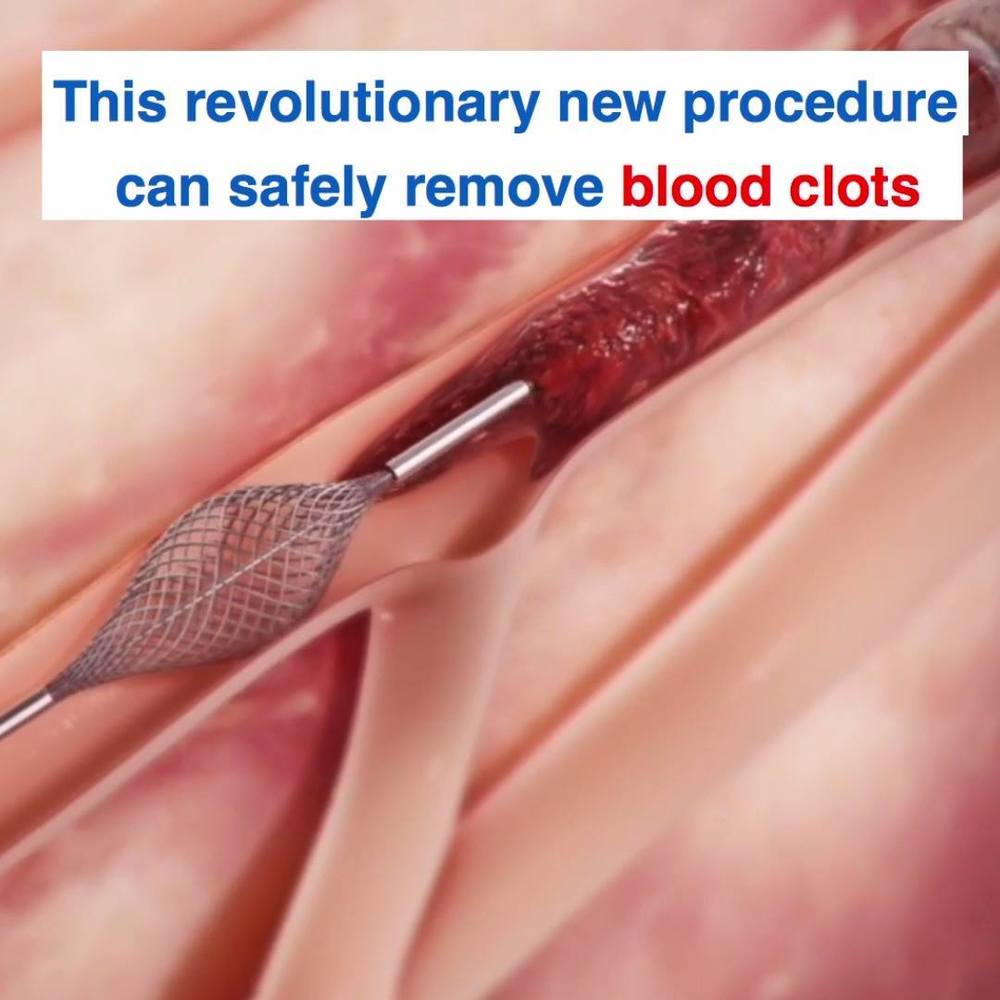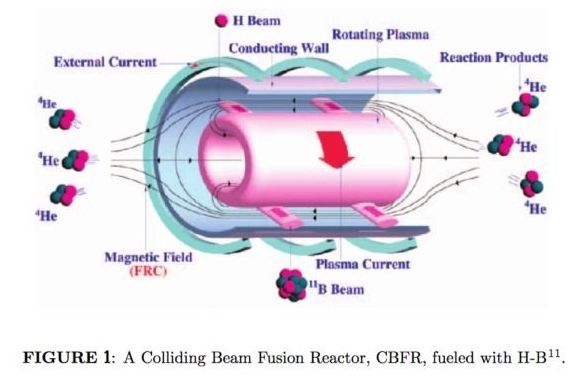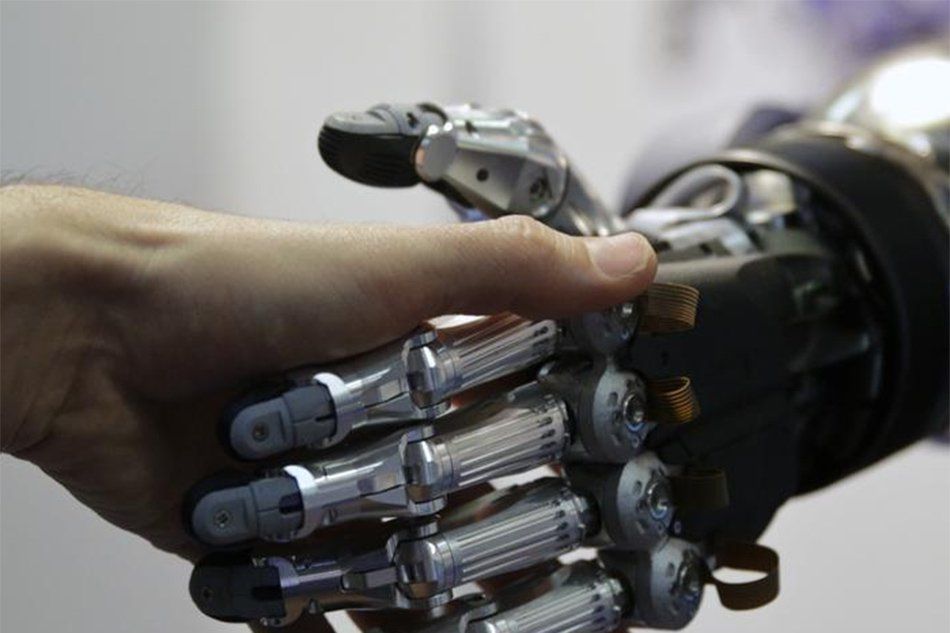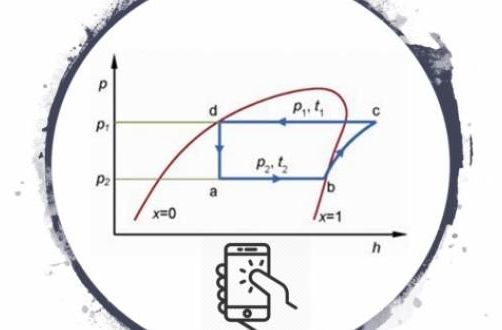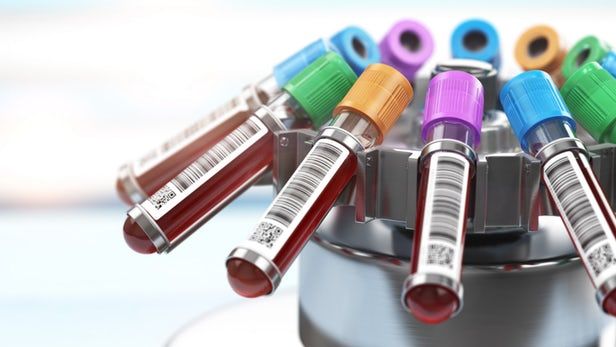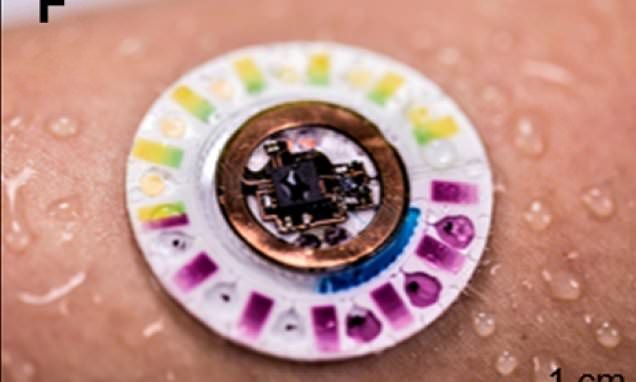Page 9482
Jan 22, 2019
If TAE Technologies Succeeds With Commercial Fusion Then a Fusion Rocket Will Follow
Posted by Klaus Baldauf in categories: nuclear energy, particle physics
TAE Technologies has also looked at building a nuclear fusion rocket. Nextbigfuture had covered TAE Technologies recent announcement that they will have a commercial nuclear fusion rocket by 2023.
The AIP Conference Proceedings 2004 – Colliding Beam Fusion Reactor Space Propulsion System
The Colliding Beam Fusion Reactor (CBFR( requires approximately 50 MW of injected power for steady-state operation. The H-B11 CBFR would generate approximately 77 MW of nuclear (particle) power, half of which is recovered in the direct-energy converter with 90% efficiency. An additional 11.5 MW are needed to sustain the reactor which is provided by the thermo-electric converter and Brayton-heat engine. The principal source of heat in the CBFR-SPS is due to Bremstrahlung radiation. The thermo-electric converter recovers approximately 20% of the radiation, or 4.6 MW, transferring approximately 18.2 MW to the closed-cycle, Brayton-heat engine.
Jan 22, 2019
Red Cross sounds alarm over use of ‘killer robots’ in future wars
Posted by Michael Lance in categories: drones, military, robotics/AI
NAIROBI — Countries must agree strict rules on “killer robots” — autonomous weapons which can assassinate without human involvement, a top Red Cross official has said, amid growing ethical concerns over their use in future wars.
Semi-autonomous weapons systems from drones to tanks have for decades been used to eliminate targets in modern day warfare — but they all have human control behind them.
With rapid advancements in artificial intelligence, there are fears among humanitarians over its use to develop machines which can independently make the decision about who to kill.
Continue reading “Red Cross sounds alarm over use of ‘killer robots’ in future wars” »
Jan 22, 2019
The 2019 Undoing Aging Conference
Posted by Michael Greve in categories: biotech/medical, life extension
Early Bird ends soon!
Have you got your tickets yet? If not, then you just have a few days to do so and save €200.
After the incredible success of the 2018 Undoing Aging Conference with 350 participants from 36 countries and over 40 brilliant speakers,\xA0 SENS Research Foundation \xA0and Michael Greve’s\xA0 Forever Healthy Foundation \xA0 are pleased to announce that Undoing Aging 2019 will take place in Berlin at the Umspannwerk Alexanderplatz from March, 28 to 30.\xA0.
Jan 21, 2019
Scientists analyzed the gamma rays emitted during the NPDGamma Experiment and found parity-violating asymmetry
Posted by James Christian Smith in category: energy
Scientists analyzed the gamma rays emitted during the NPDGamma Experiment and found parity-violating asymmetry, which is a specific change in behavior in the force between a neutron and a proton. They measured a 30 parts per billion preference for gamma rays to be emitted antiparallel to the neutron spin when neutrons are captured by protons in liquid hydrogen. After observing that more gammas go down than up, the experiment resolved for the first time a mirror-asymmetric component or handedness of the weak force. Credit: Andy Sproles/Oak Ridge National Laboratory, U.S. Dept. of Energy.
ORNL’s Communications team works with news media seeking information about the laboratory. Media may use the resources listed below or send questions to [email protected].
1 — 25 of 3387 Results.
Jan 21, 2019
Alzheimer’s blood test breakthrough identifies disease a decade before symptoms appear
Posted by Genevieve Klien in categories: biotech/medical, neuroscience
A compelling new study from an international team of researchers has described a novel protein could be a useful blood-based biomarker to monitor the progression of Alzheimer’s disease over a decade before any clinical symptoms appear.
Jan 21, 2019
Tiny skin patch the size of a dollar coin uses your sweat to measure health risks without a needle
Posted by Genevieve Klien in categories: biotech/medical, health, wearables
A new wearable patch can monitor your health through your sweat.
Fitness and health trackers are everywhere, but most of them are limited to collecting data on your heartbeat, how much your moving and information you manually input to their paired apps.
That’s helpful if you’re trying to get in shape, but for people suffering from chronic conditions and diseases — like kidney disease or cystic fibrosis — more exact and frequent analyses could alert them to life-endangering changes.
Jan 21, 2019
The Future Yet To Be Imagined
Posted by Michael Dodd in categories: economics, education, employment

Ladies Monday with Cindy Rampersaud.
How do we prepare young people for jobs that do not yet exist?
Jan 21, 2019
Time to Say Goodbye to Coffee?
Posted by Genevieve Klien in categories: climatology, existential risks, finance, sustainability
Saying farewell to coffee isn’t that easy. According to research about three-fifths of all our beloved coffee species are going to go extinct. This is a phenomenal amount of coffee that we risk losing.
Here’s something to think about as you sip that morning mochaccino:?Deforestation, climate change and the proliferation of pests and fungal pathogens are putting most of the world’s wild coffee species at risk of extinction.
At least 60 percent of wild coffee species are considered “threatened,” according to a study published this week in Science Advances. And fewer than half of all the wild species are safeguarded in so-called germplasm collections—banks for seed and living plants kept in protected areas as backups.
